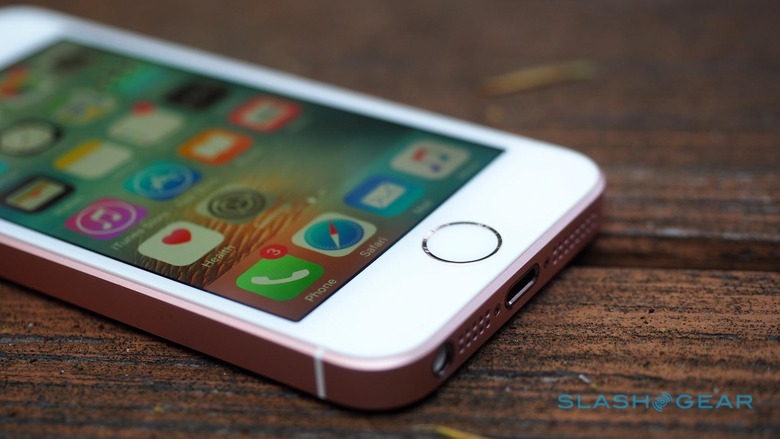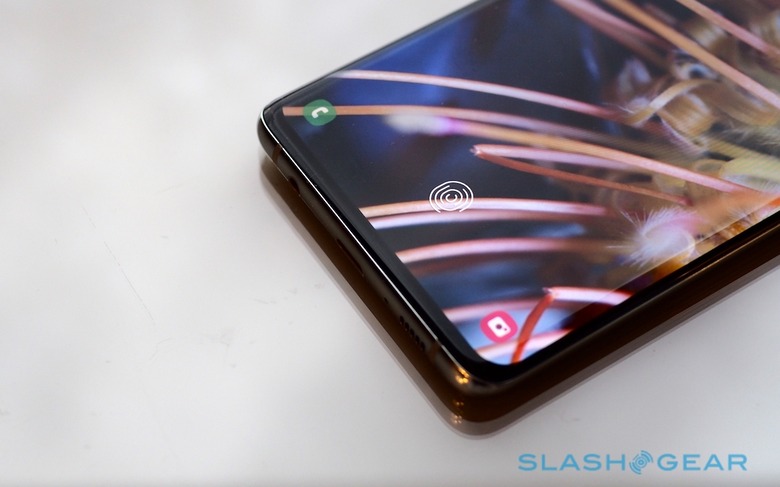iPhone 13 In-Display Touch ID Could Have Mask Mandates To Thank
The iPhone 13 could see the return of fingerprint security, a new report suggests, with work underway at Apple to reboot Touch ID for the upcoming 2021 iPhone range. The technology was effectively superseded in most iPhone models with the launch of the iPhone X back in 2017, when Apple added Face ID facial recognition.
The switch from Touch ID to Face ID was never met with universal approval. Although Apple billed it as more secure and faster than its fingerprint sensor – not to mention used the absence of the home button to increase iPhone screen size without changing the size of the phone itself – there were still plenty of fans of Touch ID who would have rather had that system still.
Until the past twelve months or so, however, the argument always came down to one of personal taste. With the arrival of the COVID-19 pandemic, and the widespread wearing of face masks, suddenly a system that requires visibility of your whole face – not just your eyes – starts to feel less convenient.
Apple added a quicker way to access the PIN code display when unlocking an iOS device back in May 2020, with the release of iOS 13.5. Still, it remained a fudge rather than a fix. Face ID is still the default, it simply trimmed how soon you could access the passcode entry screen.

The longer game, it seems, was a switch to dual biometric options. Several rumors have indicated that Apple was looking to add a fingerprint sensor in the upcoming iPhone launch later in 2021, not replacing Face ID but augmenting it with a second option. Exactly how that could be achieved was the subject of no small amount of discussion: some suggested an in-display sensor, while others looked to Apple's combination lock button and Touch ID sensor on the iPad Air.
According to the Wall Street Journal, however, it may well be an optical fingerprint sensor that will be embedded into the iPhone screen. The Touch ID feature is said to be part of the iPhone 13, the unofficial name by which Apple's 2021 iPhone models are being referred to.
Apple has a couple of choices when it comes to in-display scanners. On the one hand, there's ultrasonic systems, which use sound waves to build a three-dimensional map of the fingertip: that can then be compared to a profile of the approved fingerprint. Qualcomm, for example, recently announced the second-generation of its sonic sensor with the promise of faster scanning and a larger area on which the fingerprint could be recognized. Optical sensors, meanwhile, rely upon a camera within the display that can capture an image of the fingerprint as it's illuminated.

According to the WSJ report, Apple is working on an optical system for its new Touch ID. A former Apple employee source speaking said that the tech "can be more reliable" than an ultrasonic fingerprint sensor. That's true, though there have been claims that ultrasonics are more expensive, albeit sometimes can be finicky in use.
The goal, the report claims, is to have a system that would be as secure as the old Touch ID was. Apple billed that system – which relied on a capacitive sensor – as having a 1 in 50,000 false positive rate; that is, the likelihood of someone else's finger being able to unlock a device registered to your fingerprint. Face ID, meanwhile, has an approximately 1 in a million false positive rate, Apple has said.
Likely, though, is some sort of hybrid system, with Apple customizing whatever sensors it chooses to implement. Whether that will also mean it can be added to every iPhone 13 model launched this year remains to be seen, particularly given the cost involved in doubling up on biometrics. Still, for those frustrated by passcodes and unwilling to pull down their mask each time they want to unlock their phone, that cost may be worth it.
